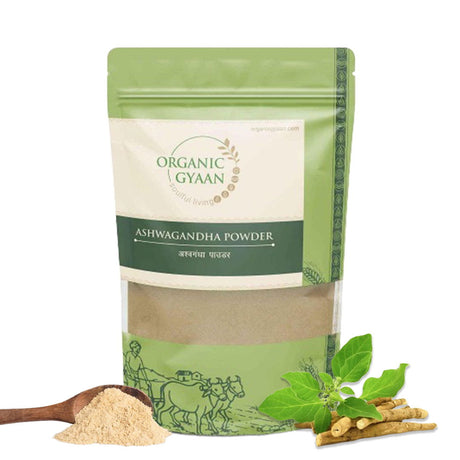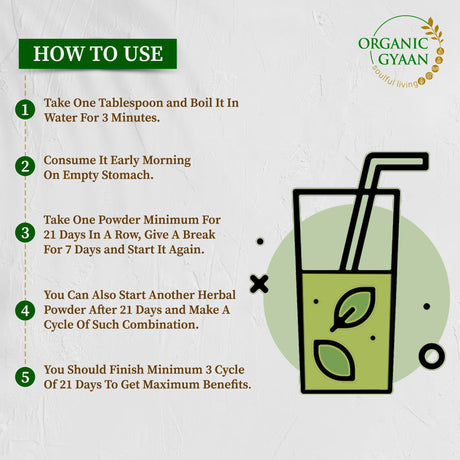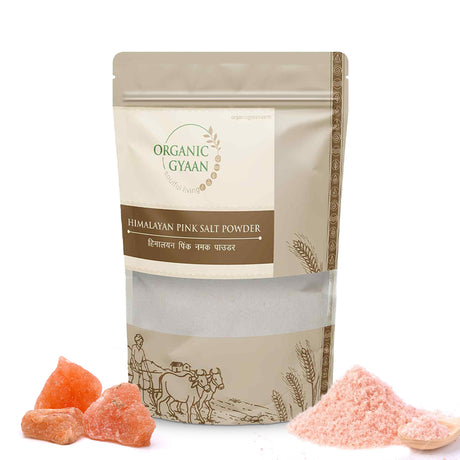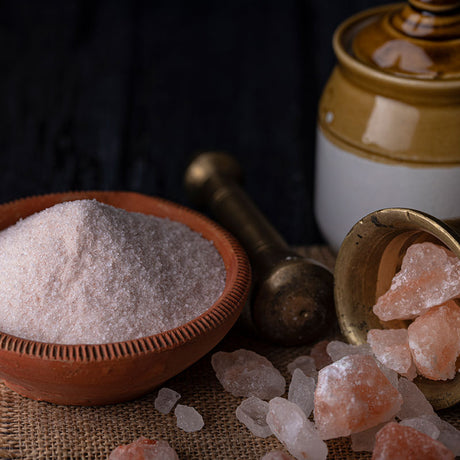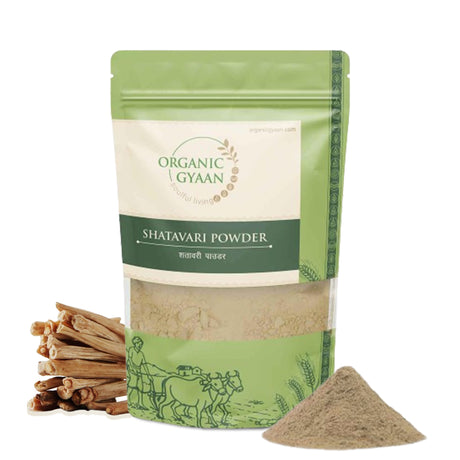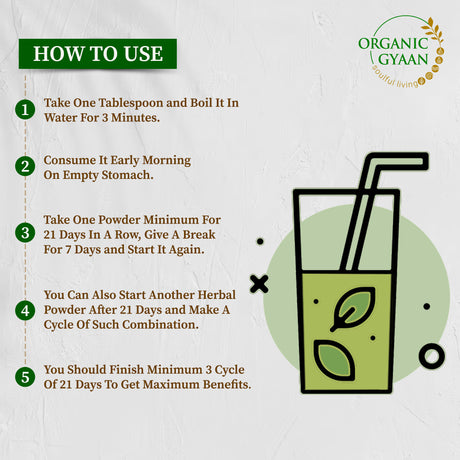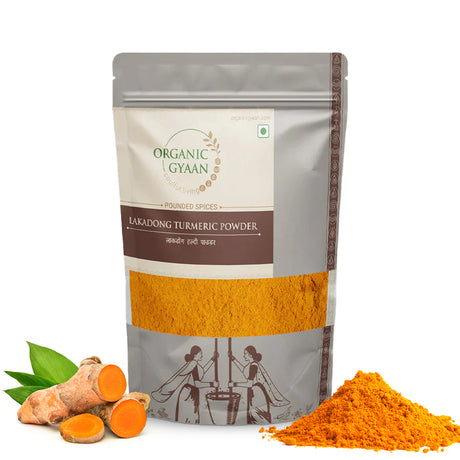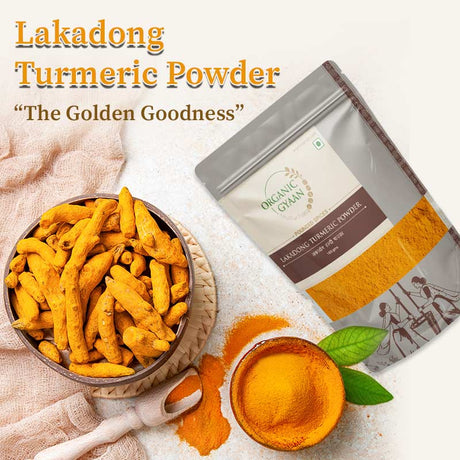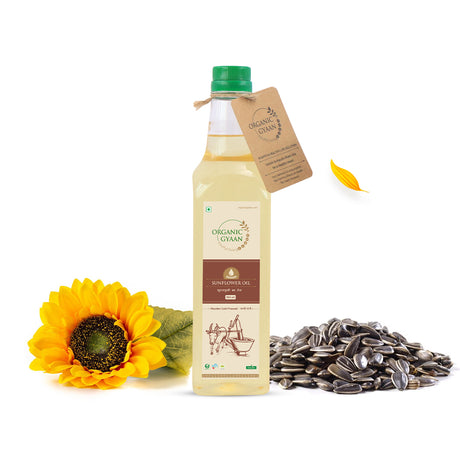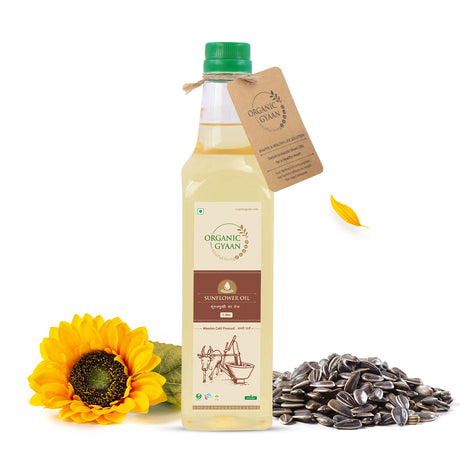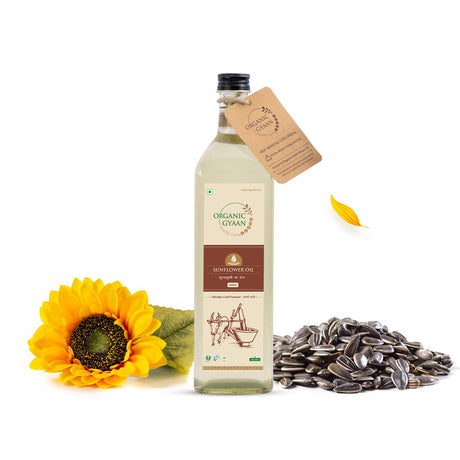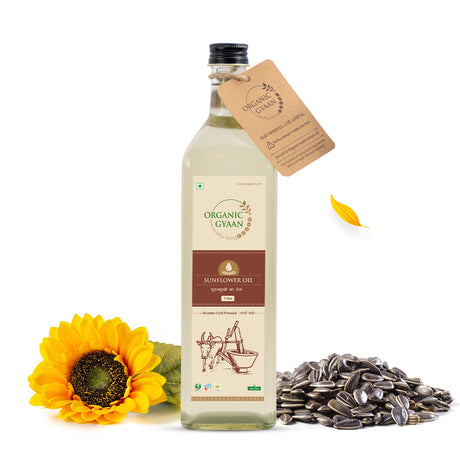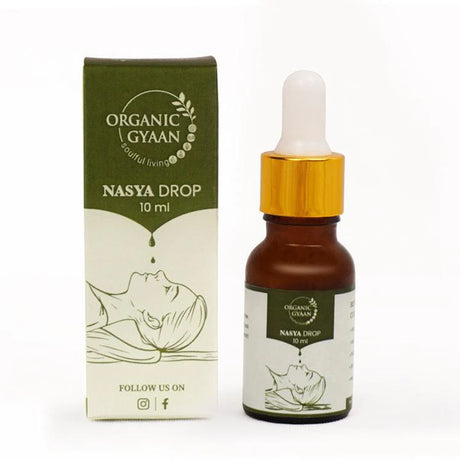Did you know that a crop cultivated over 7,000 years ago could be the cornerstone of modern sustainable agriculture and nutrition? Millets, often overshadowed by contemporary staples, are making a formidable comeback, heralding a new era of health-conscious and environmentally friendly farming practices.
Introduction to Organic Millets
Millets, the collective term for several small-seeded grasses, are revered not only for their nutritional profile but also for their resilience and minimal environmental footprint. Grown without synthetic pesticides or fertilizers, organic millets epitomize the synergy between traditional wisdom and sustainable agricultural practices.
Unveiling the Nutritional and Environmental Eminence
Millets are a treasure trove of nutrients, offering proteins, dietary fiber, vitamins, and minerals, especially magnesium, potassium, and iron. Beyond nutrition, the cultivation of organic millets promotes biodiversity, conserves water, and improves soil health, making them a beacon of sustainable agriculture.
1. Nutritional Value of Millets: High in fiber and gluten-free, millets provide essential nutrients without the adverse effects of modern processed foods. Their low glycemic index also makes them ideal for managing blood sugar levels.
2. Sustainable Farming Practices: Millets require significantly less water than conventional crops, making them ideal for drought-prone areas. Their ability to thrive in poor soils reduces the need for chemical fertilizers, fostering a healthier ecosystem.
The Journey from Farm to Table
The journey of organic millets from farm to table encapsulates a commitment to sustainability and health. Here's how these ancient grains make their way to your plate:
1. Cultivation: The journey of organic millets begins in the fields, where they are cultivated using age-old farming techniques that respect and enrich the natural environment. Unlike conventional farming, which often relies heavily on chemical inputs, organic millet farming utilizes natural compost, manure, and traditional seed varieties preserved through generations. This approach supports soil health, reduces pollution, and preserves local biodiversity, laying the foundation for a crop that's both sustainable and nutritious.
2. Harvesting and Processing: Once mature, millets are harvested with great care, often by hand, to maintain the quality and integrity of the grains. This labor-intensive process ensures minimal damage to both the crop and the land. After harvest, millets undergo minimal processing — just enough to make them ready for consumption while retaining their nutritional content. Unlike heavily processed grains, organic millets retain their bran and germ, ensuring that their vitamins, minerals, and fiber are preserved.
3. Distribution: The distribution of organic millets is a critical step in connecting farmers with consumers who value sustainability and health. Through cooperatives, local markets, and direct-to-consumer platforms, organic millets reach those who appreciate their ecological and nutritional benefits. This step often involves fair trade practices, ensuring that small-scale farmers receive a just compensation for their labor, promoting economic sustainability within rural communities.
4. Consumption: The final step in the journey from farm to table is consumption. As consumers increasingly seek out foods that are not only healthy but also environmentally responsible, organic millets have found a place at the table. By incorporating these ancient grains into their diets, individuals contribute to a sustainable food system and enjoy a host of health benefits. From traditional dishes that celebrate millets' rich cultural heritage to innovative recipes that cater to modern palates, millets offer versatility and nutrition to every meal.
Embracing Millets in Your Diet
Incorporating organic millets into your diet is easier than you might think. Whether it's a savory porridge, a refreshing salad, or a hearty bread, millets offer versatility that can enrich any meal. Here are some tips to get started:
1. Start Small: Introduce millets into your diet gradually, experimenting with different types to find your favorites.
2. Explore Recipes: From traditional dishes to contemporary culinary creations, there's no shortage of millet-based recipes to explore.
3. Support Organic: By choosing organic millets, you support sustainable farming practices and contribute to a healthier planet.
Conclusion: A Grain of Truth
The journey of organic millets from farm to table is a testament to the enduring value of ancient grains in our modern world. By embracing millets, we nourish not just ourselves but also the planet, fostering a future where nutrition and sustainability go hand in hand.
Join the millet renaissance and embark on a journey of discovery, health, and sustainability. Explore the world of organic millets, experiment with new recipes, and become a part of the movement towards a more sustainable and healthy future.




